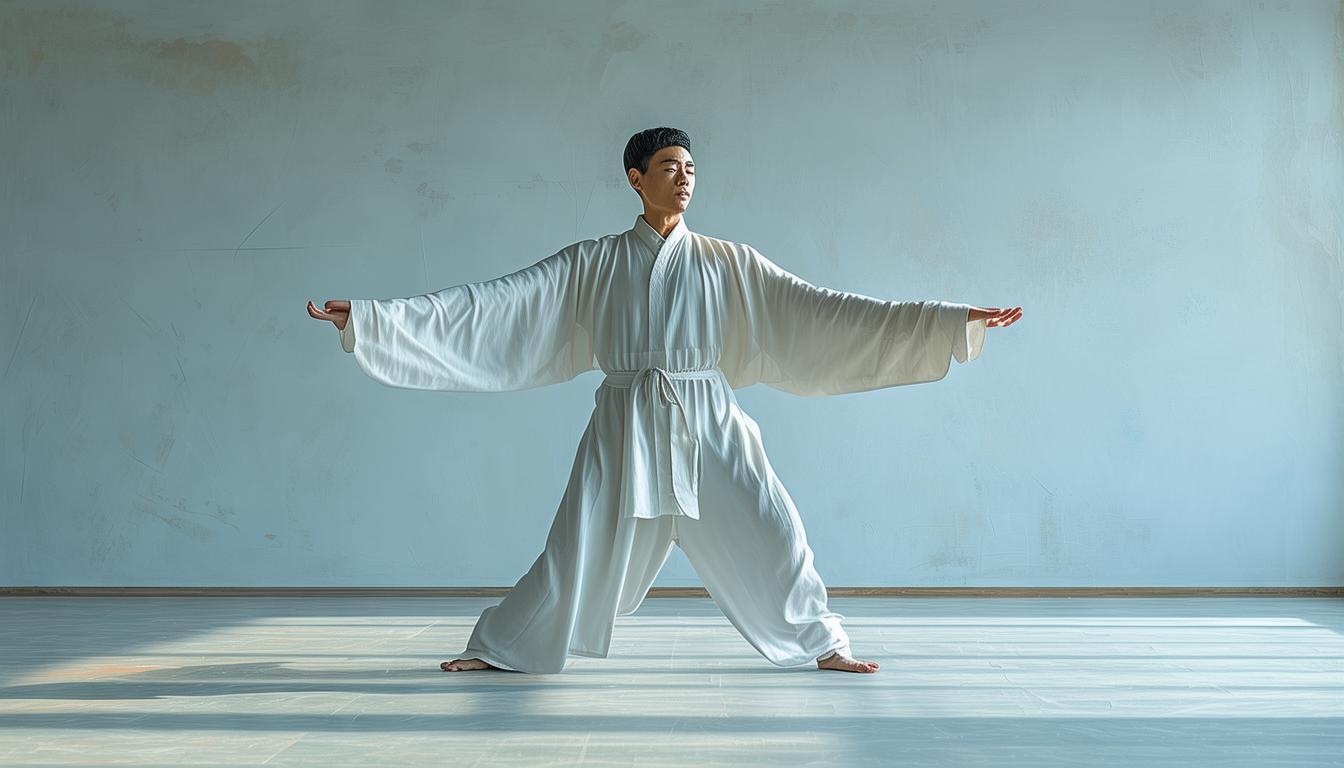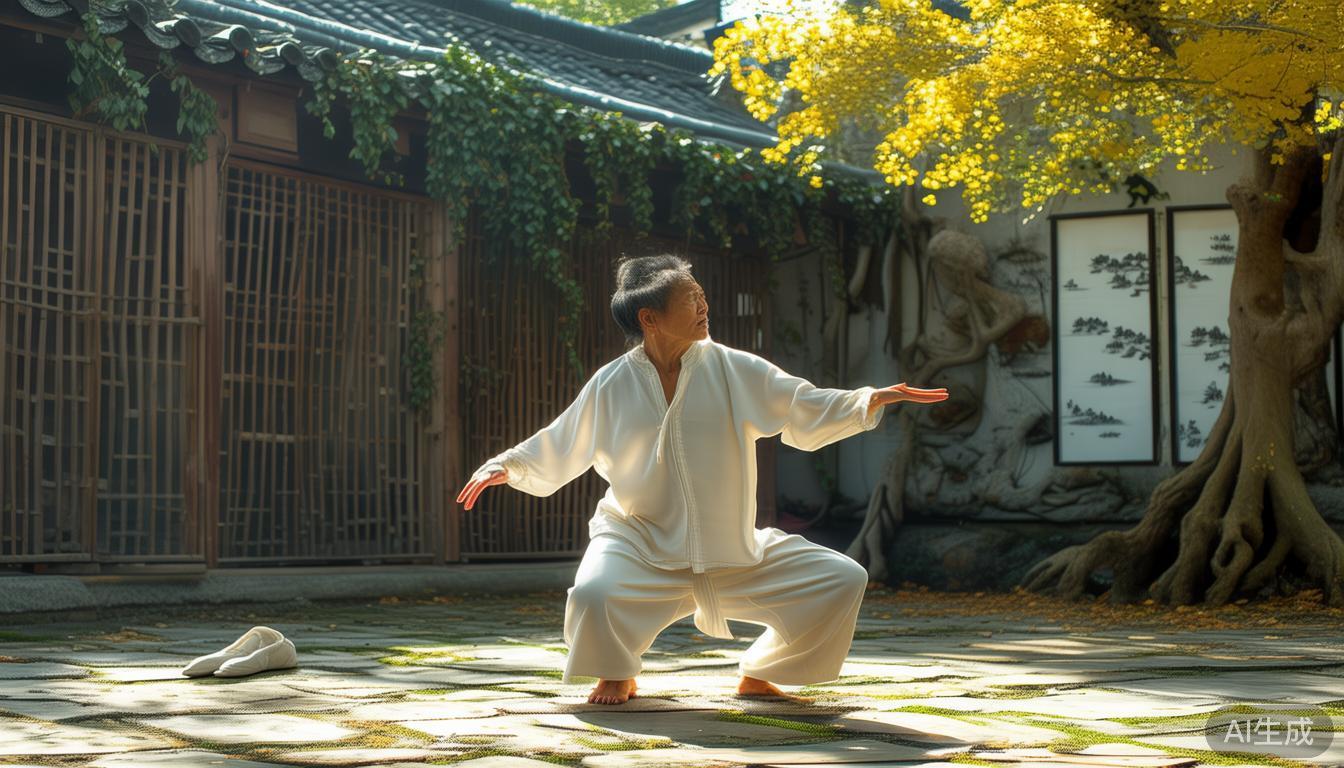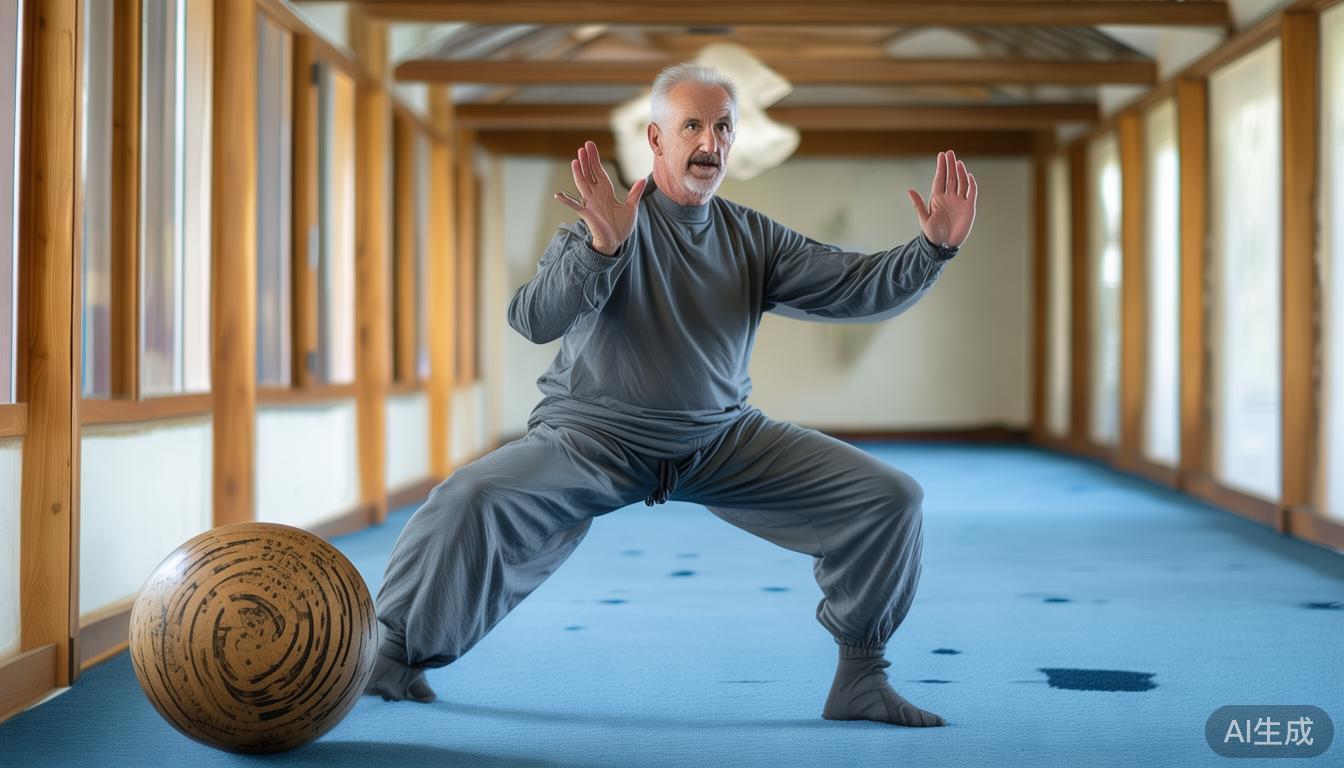
Tai Chi: A Beneficial Ancient Martial Art For Lung Health And Respiratory Wellness!
Tai chi is an ancient martial art that offers numerous benefits, especially for lung health. Combining gentle movements, deep breathing, and mental focus,tai chi can significantly improve lung function and enhance recovery wellness.
Benefits for Lungs
Tai chi's slow Tai Chi Courses Online , controlled motions encourage full, deep breaths. As you trace through the forms, your diaphragm engages deep, which assists in expanding lung capacity. Over time, consistent tai chi practice can give you more lung strength and endure, which is cruel whether you're recovering from an illness or just want better respiratory health. Moreover, this kind of exercise enhances oxygen exchange, helping your body deliver more oxygen to vital organizations.
It also effectively reduces stress. Stress often tightens up our muscles, including those involved in breathing. By loosening up through tai chi and easing stress, we become more relaxed and facilitate normal breathing patterns. This relaxed state is super beneficial for those with conditions like asthma or chronic obstructive pulmonary disease (COPD), as it helps prevent rapid,shallow breathing.
Breathing Techniques
One of the key elements of tai chi is diaphragmatic breathing. Here Parkinson Tai Chi , when you inhale, you fill your abdomen rather than just your chest. It might feel a bit awkward at first, but once you get the hang of it, oxygen starts filling in a more substantial way, giving you a more efficient and relaxed breathing pattern. This technique can be especially useful during times of anxiety, providing a quick way to calm down and ground yourself.

Another important technique is coordinating breathing with movement. Each posture in tai chi is designed to either synchronize with an inhale or an exhale. For instance, while doing an upward, expanding movement, you inhale deeply, taking in all that fresh air. Meanwhile tai chi exercises for lungs , when doing a downward, contracting movement, you exhaust fully, expelling stale air. This harmony between breath and movement promotes a sense of unity in your mind – body connection.
Movement Patterns
There are continuous circular motions in tai chi, like your hands tracing smooth arcs through the air. These circular movements not only improve flexibility in the upper body but also play a part in enhancing your breathing rhythm. The seamless flow from one move to the next keeps the energy circulation, allowing your lungs to work in concert with the rest of your body.
Shifting your weight from one leg to the other is another distinctive feature. This shifting of weight engages various muscle groups, including those in the lower back and abdomen, which are closely linked to diaphragmatic breathing. With a proper weight – shift, you get a solid base for taking deep, long – lasting breaths as your body learns to distribute energy and effort evenly.
Practice Frequency
Starting out with tai chi, it's best to practice in small chunks. Aim for 15 – 20 minutes every other day. This gives your body ample time to adapt to the new breathing and movement patterns. As you start to get more comfortable and see some initial improvements in your lung capacity, you can gradually increase to 30 minutes a session.

Consistency is the name of the game. If you exercise regularly, whether it's a few times a week or every day, your lungs get used to these new ways of working. Then eventually, it becomes a natural and beneficial part of your daily life, steadily boosting your overall respiratory state.
Combining with Other Activities
It plays well with other exercises. For example, you could start with a brisk, 10 – minute walk to warm up your body a bit, which gets the blood flowing and prepares your lungs for more complex exercises. After that, switch to doing tai chi forms. The blend of the brisk motion and the slow, intentional tai chi makes for a great full – body workout that particularly hones lung function.
Moreover, you can combine tai chi with mindfulness meditation after the session. Once you've completed your tai chi routine with its mindful breathing, transitioning into a short 5 – 10 minutes of silent meditation can deepen the relaxation and introspective aspect of the practice. It anchors the reconstruction gains you've made during the exercise.
So, are you going to start incorporating tai chi into your daily routine for better lung health? If so, or if you have other questions about tai chi, feel free to leave a comment, share this with friends, and give it a like!





